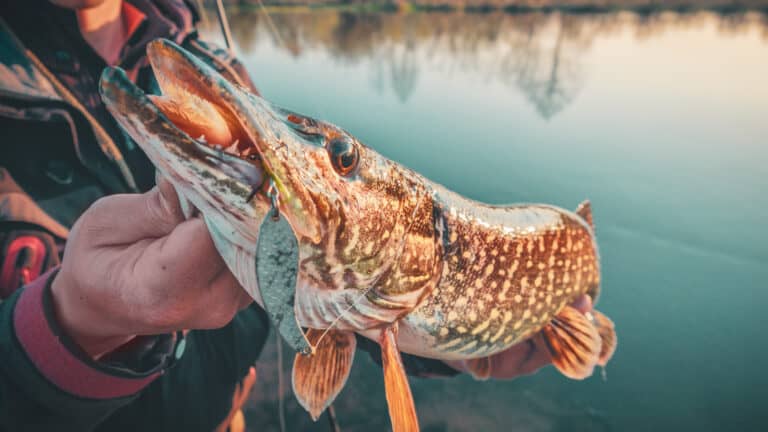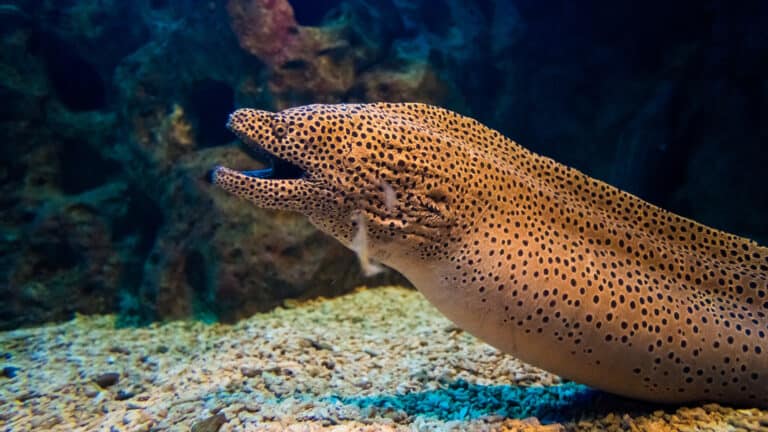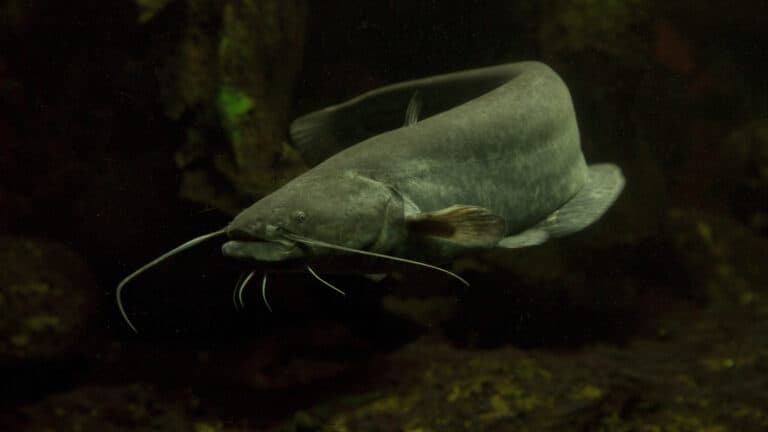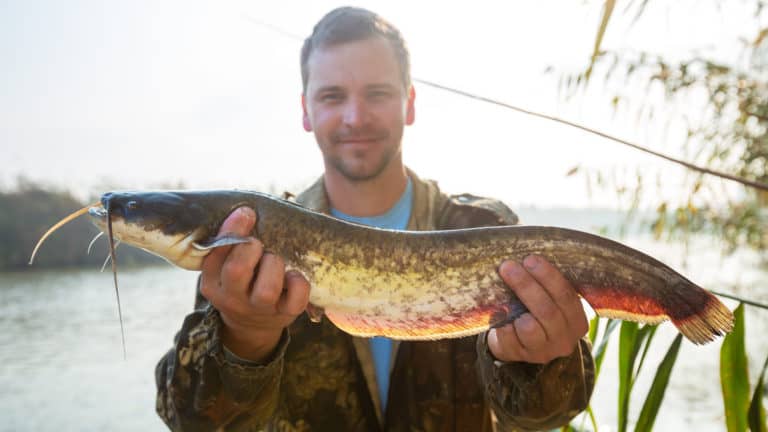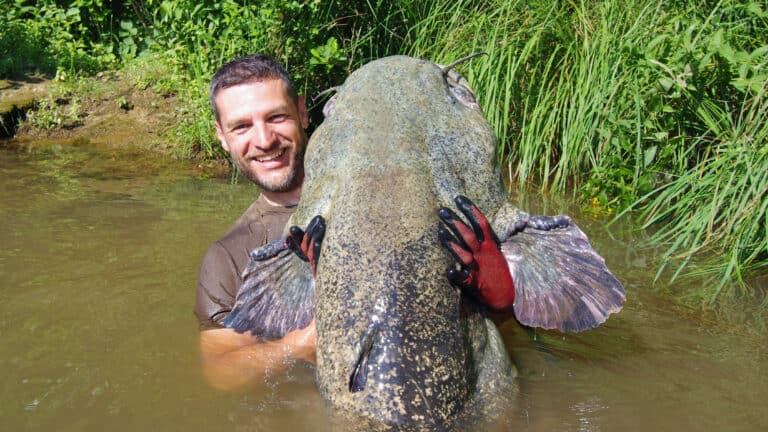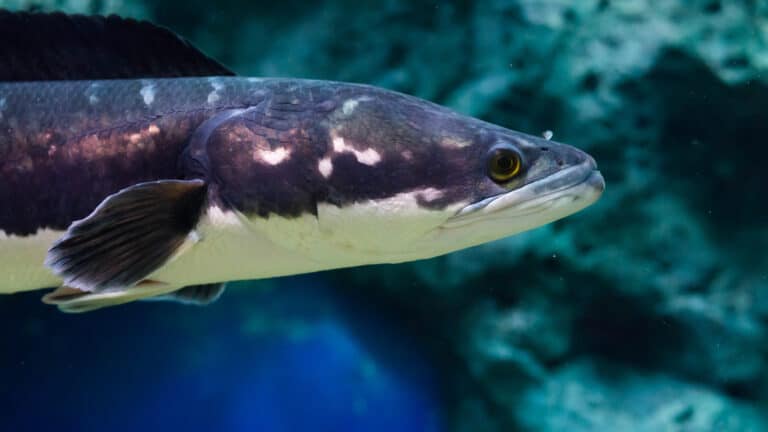Do Pike Attack Swimmers? – How Dangerous Are Pike
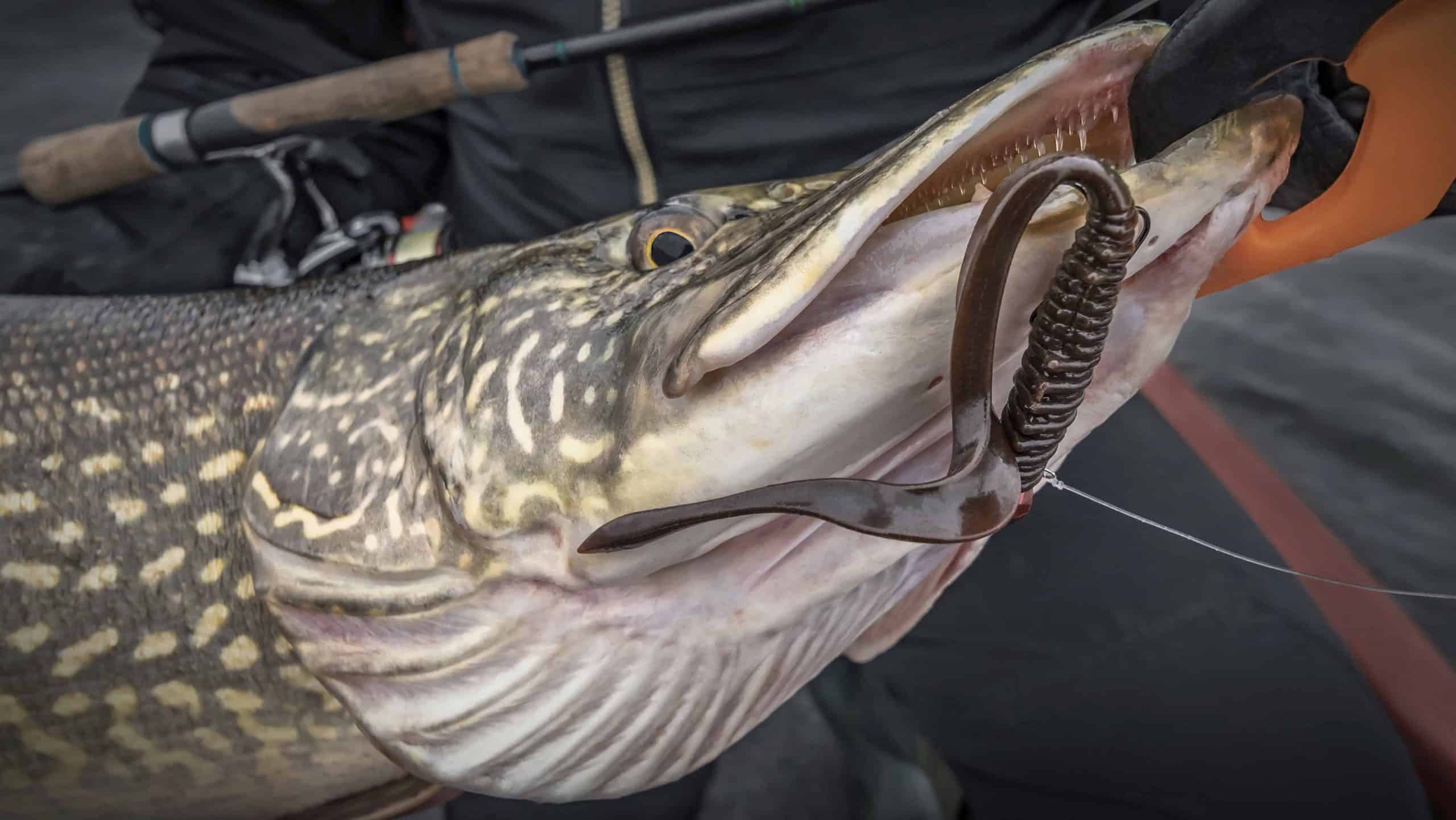
Northern Pike (Esox lucius) are predatory fish found throughout Europe and lots of the United States. They have a fierce reputation and an intimidating set of razor-sharp teeth. On top of this, they can grow to over 30lbs and have become notorious for their aggression and strength, making them a highly desirable target species for anglers. However, this begs the question if these apex predators pose a threat to humans. More specifically swimmers.
There have been some reports of people getting bitten by pike when swimming but this often is due to confusion. Pike don’t actually want to attack humans. Their diet predominantly consists of fish so human flesh is most certainly not on their menu.
When Pike bite swimmers, it’s because they’ve mistaken one of their appendages for a fish or something they can consume. This leads to them, attacking people, realizing that they can’t eat humans, and then letting go.
Pike also don’t bite hard enough to cause serious harm to humans, they don’t even have enough bite force to sever a finger. So while getting bitten is highly unlikely but feasible, getting seriously hurt or killed by a Pike is nigh-on impossible. Even the chances of you getting bitten by a pike are slim to none. It simply isn’t a common occurrence.
Do Pike Attack Swimmers
It’s possible but very unlikely for a PIke to attack a swimmer, even if you’re swimming with them. This is because, in order for the Pike to attack, you have to look like something they can eat. With adult humans being several times larger than Pike, this is effectively impossible. This means, that Pike will only attack human limbs that they deem reasonable for consumption. Their cognitive ability is minimal, so sometimes they’ll fail to make the discretion between a person’s hand and a small fish.

The other reason Pike may attack swimmers is if they are wearing something shiny. They could interpret this as a baitfish or lure which they often chase after for food. Bracelets, rings, and other jewelry will further confuse the Pike into thinking that a part of you is something they can eat.
So while Pike may attack swimmers, it is very rare and they are not a genuine threat to humans. While they may be able to leave you with a nasty cut, that is essentially all they can do to an adult human. Even the mighty Muskellunge can’t cause life-threatening damage to humans. We’ve covered similar topics about the dangers of Esox group fish in our post: Are Muskie Dangerous
How Dangerous Are Pike To Swimmers
Pike are really not all that dangerous to swimmers. Firstly because its very unlikely for Pike to bite swimmers. I’d actually say that Pike poses the most threat to anglers when they are handling them out of the water.
Even if you get bitten by a Pike, they can’t cause life-threatening injuries to humans. There hasn’t been a single fatality due to a Pike attack. This is because we are much larger than Pike and they simply don’t have the bite force to seriously hurt people. Their teeth are designed for catching small fish, not maiming large mammals.
I think people often just perceive these fish as dangerous because of how they look, which is admittedly terrifying. However, they aren’t nearly as dangerous as something like a big Wels Catfish. The Wels has been known to actively go after humans once they get to a certain size. But regardless, Pike will continue to be feared because they are strong, fast, apex predators. This along with the dental hardware straight from horror films, despite them not being particularly dangerous to humans, make them appear dangerous.
This means that while you can’t negate the fact that Pike poses some level to risk to humans, you have to contextualize it. Some people often like to dramatize attacks. They make it sound like the fish was hunting down people with malice but this couldn’t be further from the truth. Pike could bite you but its very unlikely. Even in the event that a Pike did bite you, it couldn’t cause the majority of people any serious harm. These fish don’t pose any real danger to people.
How To Prevent Getting Bitten By Pike
The easiest way to prevent getting bitten by a Pike when swimming is by not swimming in waters where Pike are prevalent. We’re not saying that swimming in such freshwater is dangerous. However, in order to completely void any chance of getting bitten, the most thorough method would be to not swim in such waters. So, if you want to completely mitigate the risk of getting bitten by a pike, check what fish live in the water with a local authority before swimming.
If you’re not quite as assiduous, its worth removing any jewelry and shiny objects from your body before swimming in lakes and rivers where Pike is found. This is because Pike can easily mistake shiny objects for baitfish or fishing lures. Both of which they are accustomed to chasing and believe are edible.
This would increase your chances of getting bitten by a pike because they are hardwired to chase and bite anything they believe they can eat. By wearing shiny ornaments, you’re simply making yourself looks closer to the Pike’s natural food.
When Are Pike Most Dangerous
Fishermen are actually the people who face the most danger from Pike. This is because they have to unhook the fish in order to release it. There is a method to unhooking Pike but many novice anglers may find themselves bitten if they aren’t careful.

In order to unhook a pike, you want to use a technique called the gill grip. The YouTube channel Fishing Tutorials explains this incredibly well in one of their videos. However, we’ll briefly cover the procedures when unhooking a pike here:
Step 1: In order to unhook a Pike, you should insert your hand underneath the gills under the fish’s mouth. This is called the gill-plate grip and it allows you to open and close the fish’s mouth in a controllable manner.
Step 2: Once you have got its mouth open, take great care when unhooking the Pike. Use a long pair of forceps in order to remove the hook and gently pry the hook away from the fish’s mouth.
Step 3: It’s also advisable to have a pair of wire cutters on hand in case you’ve gut-hooked the fish and have to perform an emergency release. This involves cutting the line as short as possible without going putting yourself in danger and quickly releasing the fish.
Step 4: Get the hook away from yourself and the fish. While the teeth on the Pike are sharp, your fishing hooks will be much sharper and can cause serious damage to you and the fish.
How Bad Is A Pike Bite
Holistically speaking, a pike bite isn’t that bad. It will be very painful but providing that you get the right treatment, it shouldn’t be too bad, especially if the bite isn’t deep. If the bite is deep then it may be more concerning but won’t be unbearable nor will it be enough to sever any limbs or fingers. If the bite is deeper, then you should seek medical attention immediately. Deeper bites may require stitches but they are also susceptible to infection.
Are Pike Aggressive
Pike aren’t typically aggressive towards humans, however, they are highly aggressive towards prey in their natural habitat. After all, they are apex predators in their realm and they are equipped to hunt. Pike are very explosive, muscular fish and they attack their prey with extreme aggression.
Pike have often recognized for their fierce nature. Listed below is a table showing the most dangerous freshwater fish in the world:
| Fish | Danger Level |
|---|---|
| African Tiger Fish (Hydrocynus vittatus) | Unknown/Unsubstantiated |
| Dogtooth Tetras (Cynodontidae) | Dangerous to Prey – Mild Threat To Humans |
| Wels Catfish (Silurus glanis) | Dangerous to Prey – Mild Threat To Humans |
| Muskellunge (Esox masquinongy) | Dangerous to Prey – Mild Threat To Humans |
| Payara (Hydrolycus scomberoides) | Dangerous to Prey – Mild Threat To Humans |
| Piranha (Pygocentrus nattereri) | Dangerous to Prey – Mild Threat To Humans |
| Pike (Esox lucius) | Dangerous to Prey – Mild Threat To Humans |
| Giant Devil Catfish/Goonch (Bagarius yarrelli) | Dangerous to Humans & Animals |
| Piriaba (Brachyplatystoma capapretum) | Unknown/Unsubstantiated |
| Alligator Gar (Atractosteus spatula) | Dangerous to Prey – Mild Threat To Humans |
| Freshwater Stingrays (Potamotrygon motoro) | Dangerous to Humans & Animals |
| Electric Eels (Electrophorus) | Dangerous to Humans & Animals |
| Bull Shark (Carcharhinus leucas) | Dangerous to Humans & Animals |
| Snakeheads (Channidae) | Dangerous to Humans & Animals |
Pike are often found on lists as such, along with their very close relative, the Muskellunge. However, its always important to contextualize such information. These fish are on these lists because they are the apex predators in their habitats, not because they are intrinsically dangerous or harmful to humans.
How To Deal With A Pike Bite
Dealing with a Pike bite is relatively simple. If the bite isn’t deep then you’ll want to run the wound under clean water for 5-10 minutes before wiping it with a saline solution, drying the area, and then applying a sterile dressing.
If the wound is more severe and deeper, then you should seek medical attention immediately. Deeper wounds are more likely to require stitches but it is crucial that you have serious wounds looked at in order to prevent blood loss or infection.
Conclusion
Swimmers rarely get attacked by Pike. Just because something can occur doesn’t mean it will. It’s similar to being scared of lightning bolts every time you leave the house. While it is possible, it is highly unlikely. So providing that you take the right precautions, Pike aren’t really anything to worry about. They don’t want to eat or hurt swimmers. On the rare occasion that they hurt swimmers, its a simple case of misidentification.

